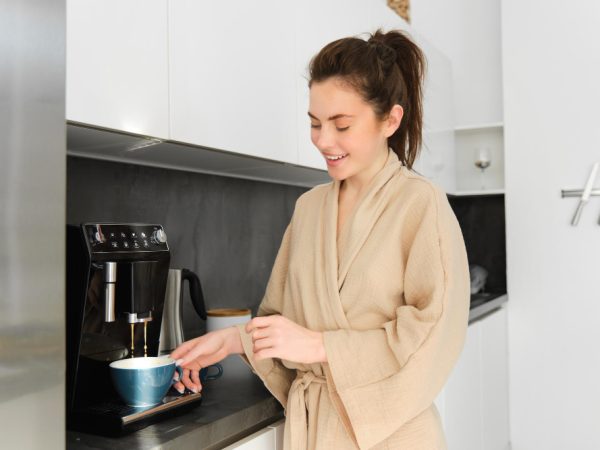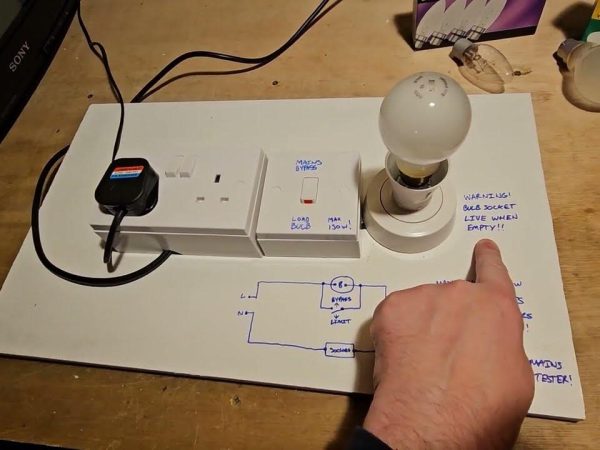Your Sanctuary: 10 Transformative Tips to Create Your Personal Retreat

Creating a personal sanctuary is essential in today’s fast-paced world, where stress and distractions abound. A sanctuary is more than just a physical space; it’s a mental retreat where you can unwind, recharge, and connect with your inner self. Whether you have a whole room dedicated to relaxation or just a cosy corner, transforming your space into a haven of peace can significantly enhance your well-being. This article will explore ten transformative tips to help you create your personal retreat, ensuring that your sanctuary is a place of comfort and serenity.
Define Your Sanctuary Space
Before you begin the transformation process, it’s crucial to define what your sanctuary will be. Ask yourself what you want from this space. Do you envision a reading nook, a meditation area, or a place for yoga? The first step is to identify the purpose of your sanctuary. It could be a corner of your living room, a spare room, or even a small outdoor space. Once you’ve determined the space, visualise how it will serve your needs, keeping in mind your personal style and preferences.
Declutter for Clarity in Your Sanctuary
A cluttered space can lead to a cluttered mind, making it difficult to relax and unwind. To create your sanctuary, start by decluttering the area. Remove items that no longer serve a purpose or that cause you stress. This could include old furniture, unnecessary decor, or anything that disrupts the calming atmosphere you wish to create. Consider adopting a minimalist approach; a few meaningful items can be far more impactful than a crowded space. Once you’ve cleared out the clutter, you’ll find it easier to establish a serene environment.
Choose Soothing Colours for Your Sanctuary
Color plays a significant role in our emotional well-being. To create a peaceful sanctuary, opt for soothing colours that promote relaxation. Soft blues, greens, and neutrals can create a calming effect, while vibrant colours can be energising but may also overwhelm the senses. If you’re unsure, consider using a neutral base and adding splashes of colour through accessories like cushions, artwork, or plants. The key is to create a cohesive colour palette that resonates with you and enhances the serenity of your space.
Incorporate Natural Elements into Your Sanctuary
Bringing the outdoors inside is a fantastic way to enhance the tranquillity of your sanctuary. Natural elements such as plants, wood, and stone can create a more grounded atmosphere. Consider adding indoor plants that purify the air and bring life to your space. If you have access to outdoor areas, create a seamless connection by using large windows or glass doors that invite natural light. Incorporating natural materials in furniture and decor can also foster a sense of calm and help you feel more connected to nature.
Create a Cosy Atmosphere
Comfort is key when designing your personal retreat. Focus on creating a cosy atmosphere that encourages relaxation and tranquillity. Invest in comfortable seating options, such as plush chairs or bean bags, and add layers of soft blankets and throws to make the space inviting. Lighting plays a critical role; use warm, soft lights through lamps or string lights to create a soothing ambiance. Incorporating candles can further enhance the cosy feel, providing a delightful fragrance and a gentle glow. This warmth and comfort will help you unwind and escape from the stresses of daily life.
Personalise Your Space
Your personal retreat should reflect your personality and interests. Incorporate personal touches that make the space uniquely yours. This could include artwork that inspires you, photographs of cherished moments, or meaningful quotes that resonate with your life journey. Personalization adds character and helps create a deeper connection to your space. Choose items that evoke positive emotions and contribute to a sense of peace. By surrounding yourself with things you love, your retreat will feel like a true haven, tailored specifically to your tastes and preferences.
Designate Relaxation Zones
Incorporating different relaxation zones can enhance the functionality of your personal retreat. Consider creating a reading nook with a comfortable chair and good lighting, a meditation corner with soft cushions, or a workspace that fosters creativity. By having designated areas for various activities, you can smoothly transition between relaxation modes, allowing you to engage in multiple practices without feeling confined. Each zone can be tailored to suit your needs and preferences, ensuring that your retreat remains a versatile space where you can recharge and find solace.
Limit Distractions
To truly enjoy your retreat, it’s important to limit distractions. Consider leaving behind electronic devices that can disrupt your peace, such as smartphones or televisions. If technology must be present, set specific times for its use to ensure it doesn’t interfere with your relaxation. Instead, fill your space with items that promote mindfulness and introspection, such as books, journals, or art supplies. This helps create a focused environment where you can immerse yourself in activities that bring you joy, enabling you to cultivate a deeper sense of calm and presence.
Incorporate Aromatherapy
The sense of smell is powerful and can significantly impact your mood and relaxation. Incorporating aromatherapy into your personal retreat can enhance the atmosphere and create a soothing environment. Use essential oils, scented candles, or incense to fill the air with calming scents like lavender, chamomile, or eucalyptus. You can also invest in a diffuser to disperse essential oils throughout your space. Experiment with different scents to discover what resonates with you and creates a pleasant olfactory experience that enhances your overall retreat environment.
Establish a Routine
To make the most of your personal retreat, it’s essential to establish a routine that incorporates time spent in this peaceful space. Whether it’s a few minutes of meditation each morning, a dedicated reading time in the evening, or a weekend yoga session, having a routine reinforces the purpose of your retreat. Consistency allows you to cultivate a deeper connection with your space, making it a true refuge from the chaos of everyday life. Over time, this routine will help you develop a sense of balance and tranquillity, enriching your overall well-being.
Conclusion
Creating your personal sanctuary is an enriching endeavour that can have a lasting impact on your well-being. By following these ten transformative tips, you can design a space that reflects your individuality and promotes relaxation. Remember to define your sanctuary, declutter, choose soothing colours, and incorporate natural elements. Personalise the space, designate relaxation zones, and limit distractions to cultivate an environment that nurtures your mind and spirit. With a commitment to establishing a routine, you’ll find that your sanctuary becomes a cherished retreat, offering solace and rejuvenation whenever you need it.
FAQs
1. How can I define my sanctuary space?
Start by identifying the purpose of your sanctuary. Consider what activities you want to engage in, such as meditation, reading, or yoga, and choose a space that can accommodate those activities.
2. What colours are best for creating a relaxing atmosphere?
Soothing colours like soft blues, greens, and neutrals are ideal for promoting relaxation. You can use these colours as a base and add accents with other shades that resonate with you.
3. How do I incorporate natural elements into my sanctuary?
Bring the outdoors in by adding indoor plants, using natural materials like wood and stone, and ensuring plenty of natural light through windows or glass doors.
4. What are some ways to limit distractions in my sanctuary?
Leave electronic devices outside your sanctuary if possible. Instead, fill your space with items that promote mindfulness, such as books, journals, or art supplies, to help you stay focused.
5. How can I establish a routine for using my sanctuary?
Incorporate regular activities into your schedule that involve spending time in your sanctuary, such as meditation, reading, or yoga. Consistency will help reinforce the purpose of your space and cultivate a sense of tranquillity.
Also read: Damadah Ltd: 10 Ways We’re Revolutionising the Industry











